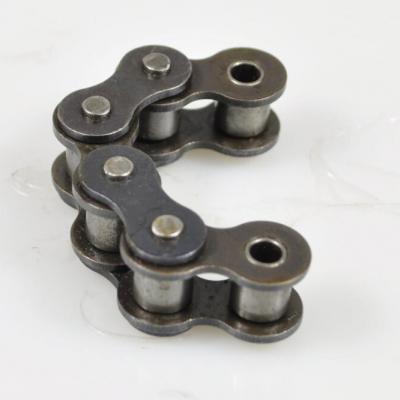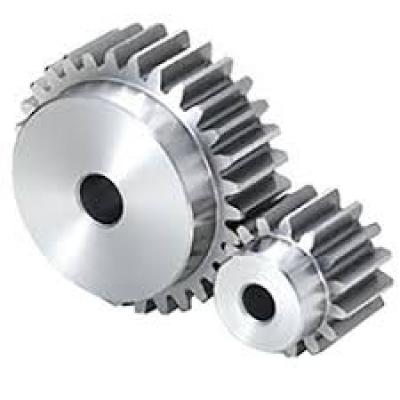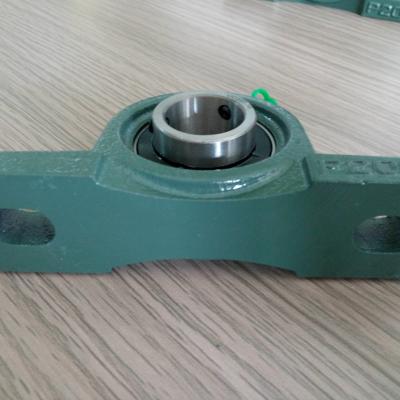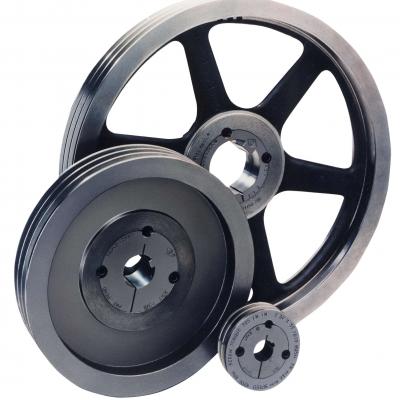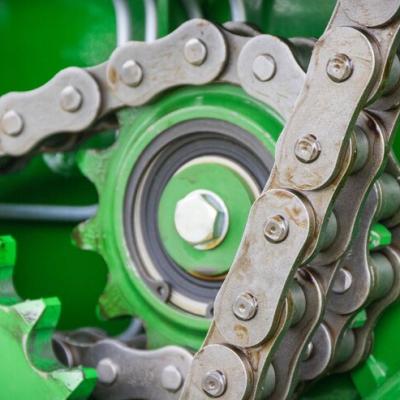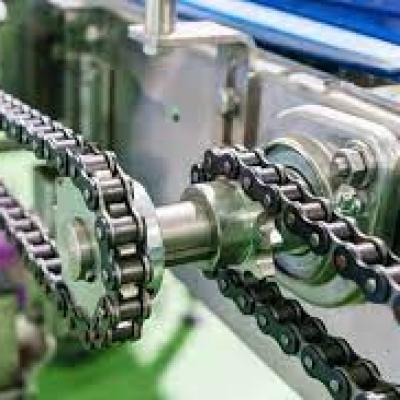The main functions of bucket elevator sprockets
The main functions of bucket elevator sprockets are as follows:Transmission movement: The sprocket transmits power from the transmission device to various parts of the bucket elevator by meshing with the link chain or the accurately pitched block on the cable, thereby driving the hopper to lift materials vertically.
Reduce impact and contact applications: The design of the sprocket tooth profile requires the chain links to enter and exit the mesh smoothly and freely, reducing the impact and contact stress of the chain links during meshing, thereby increasing the service life of the sprocket and chain.
Adaptable to different materials: Bucket elevators can lift all kinds of powdery, small granular materials, and even materials that are highly abrasive. The design and material selection of the sprocket must meet the transportation requirements of these materials.
High transmission efficiency: The sprocket meshes with the roller chain, and the transmission efficiency is high, which can ensure the efficient operation of the bucket elevator.
Stable and reliable operation: The design principles and processing methods ensure the reliability of the sprocket operation, reduce the failure time, and improve the overall operating efficiency of the equipment.
Applicable to different working environments: The design of the sprocket takes into account different working environments and conveying requirements, and has good applicability and reliability.
Auxiliary anti-reverse: In some types of bucket elevators, the sprocket configuration can be used to auxiliary anti-reverse wheels to prevent the equipment from reversing and improve the safety of the equipment.
To sum up, the bucket elevator sprocket plays a vital role in the equipment. It not only transmits power, but also ensures the smooth, efficient and reliable transportation process.
